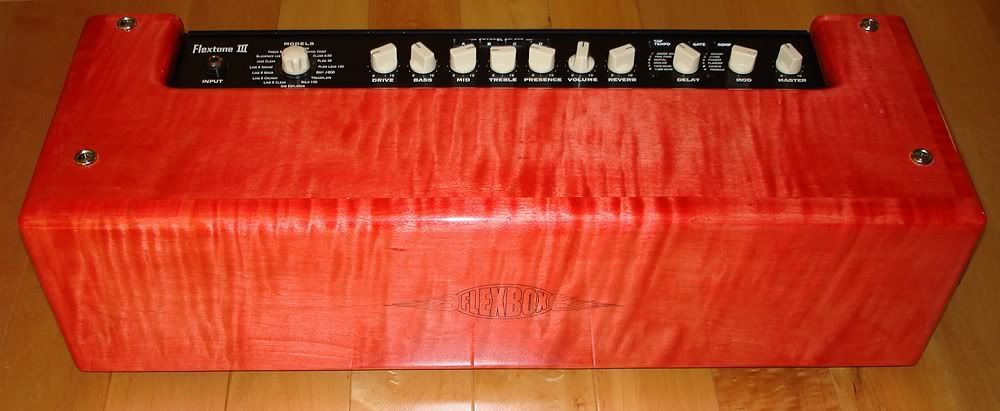So I bit the bullet and bought a KPA about a month ago and I've been profiling the shit out of my amps and some borrowed amps and I will say this... The unit is absolutely dead-on to a miked up cab as far as I can tell. The amazing part is it's not just the sound, but the actual feel of the amp. Alien technology I sez! I'd go so far as to say that the profiled amps sound BETTER to me than the real thing! They sound more polished and professional. They also sit in a mix with absolutely no post-processing. That said, it is a very funny piece of gear in that it's got a lot going on and requires the individual to be fairly adept at miking up cabinets to really get the most out of the unit, which is why there's a 3rd party profile industry that seems to be sprouting up around it. Now I bought the KPA with the full intention of never needing an amp again but I found the profiles it came with to be lack-luster and many of the pro and community-shared profiles were not to my liking either so I went ahead and started profiling. Much to my surprise I enjoy the process of profiling and it's made me think of getting my hands on other amps to add to my profile collection.
As far as the comparison to the Axe Fx, I don't own the Axe but I can say that some of the best sounding profiles I've found were the ones that were profiled FROM the Axe FX (yes you can do that

). So there is definitely no compromise when it comes to sound quality between these two units.
Ultimately I think they're both great at what they do but they seem to serve a different purpose. The Axe FX is a preamp and is basically a sound-generating unit. The KPA steals the soul of whatever you want to run it through. When I tell you it's uncanny it really is. I was blown away by the profiling process and the tweaking that can be done afterwards.
Which brings me to another point...
Tweaking EQ, gain etc. is not quite like tweaking controls on a modeler or emulation of an amp. It's also not quite like tweaking the source amp. I would equate it more to post-processing than anything else. While it offers a degree of flexibility, it's designed to be more of a refining tool rather than sound-generating tool. For example, tweaking the amp profile's EQ too drastically, would yield an unnatural sound. While small adjustments really take the profile to the next level while retaining its integrity. Don't get me started on tweaking the actual FEEL of the amp. It's like magic. Adjusting the power sagging and clarity to make the profile more or less in-your-face or to make it softer to play is really cool.
Anyway... long winded post here but I figured I'd give people my overall impression.

